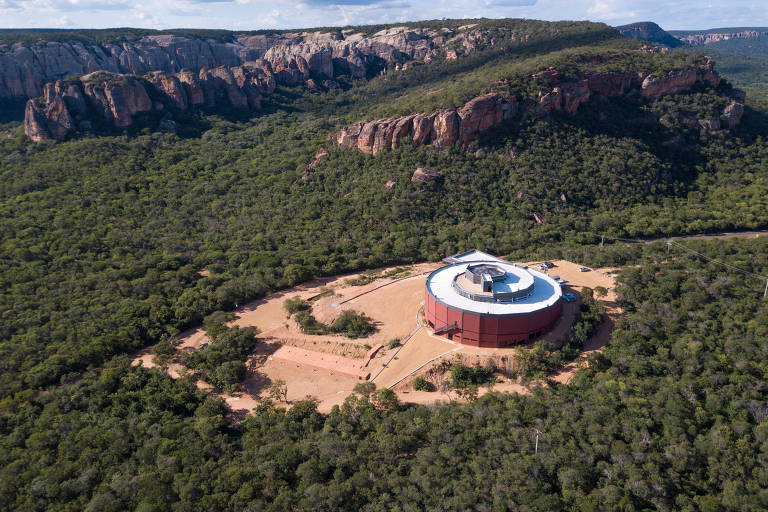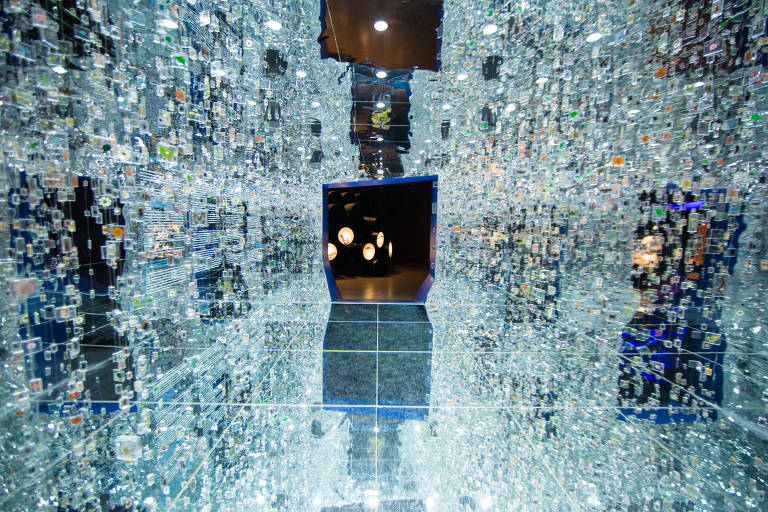From the top of the Serra da Capivara National Park, in the south of Piauí, you can see the caatinga vegetation sharing space with mountains, canyons and stone walls.
Founded in 1979 through the efforts of Brazilian archaeologist Niéde Guidon, the Serra da Capivara National Park occupies 91,800 hectares. It sits among the Piauí cities of Canto, do Buriti, Colonel José Dias, São João do Piauí and São Raimundo Nonato. In 1991, it was named by UNESCO a World Heritage Site. Admission is free.
With 32 thousand inhabitants, São Raimundo Nonato is the best base option. The town has simple lodgings and restaurants of typical food (look for the chicken with manioc thickened chicken broth).
The history of man in the Serra da Capivara National Park region is told in a museum located at the headquarters of the Museu do Homem Americano Foundation, in the city of São Raimundo Nonato. The ticket costs R$ 20.
In December 2018, the park itself gained a new physical space, the Nature Museum. The circular building, designed by architect Elizabete Buco, is set amidst vegetation and walls.
The 1,700 square meter building houses 12 rooms with themes ranging from the origin of the universe to the arrival of man in the region.
Total investment was R$ 13.7 million. The result is a hi-tech museum with interactive panels and screens, video projections, and even a flight simulator over the park.
The interactions help to understand the changes in the region, which until 9,000 years ago was a mix of Amazon rainforest with rainforest and habitat for gigantic Brazilian animals.
Fossils of these animals, which lived with Homo sapiens, are exposed. This is the case with the saber-toothed tiger (up to 2.5 meters in length), mastodon (up to 5 meters) and giant sloth (up to 6 meters). At the end of the circuit, there is a life-size replica of the giant sloth.
Contrasts mark the museum: its futuristic look versus the nature of the caatinga; man's past in thousands of years versus the history of the universe in millions and billions of years.
Translated by Kiratiana Freelon

